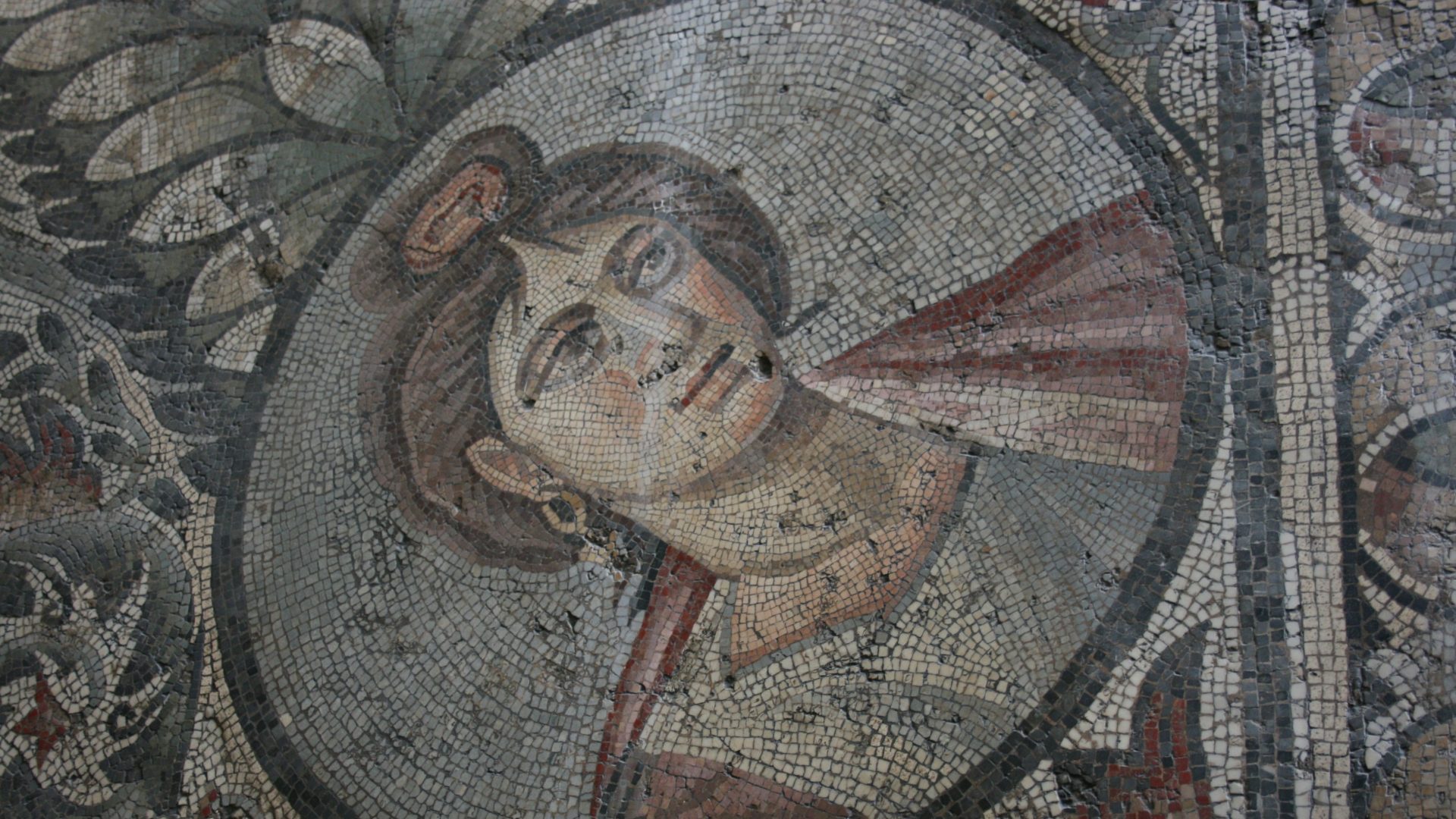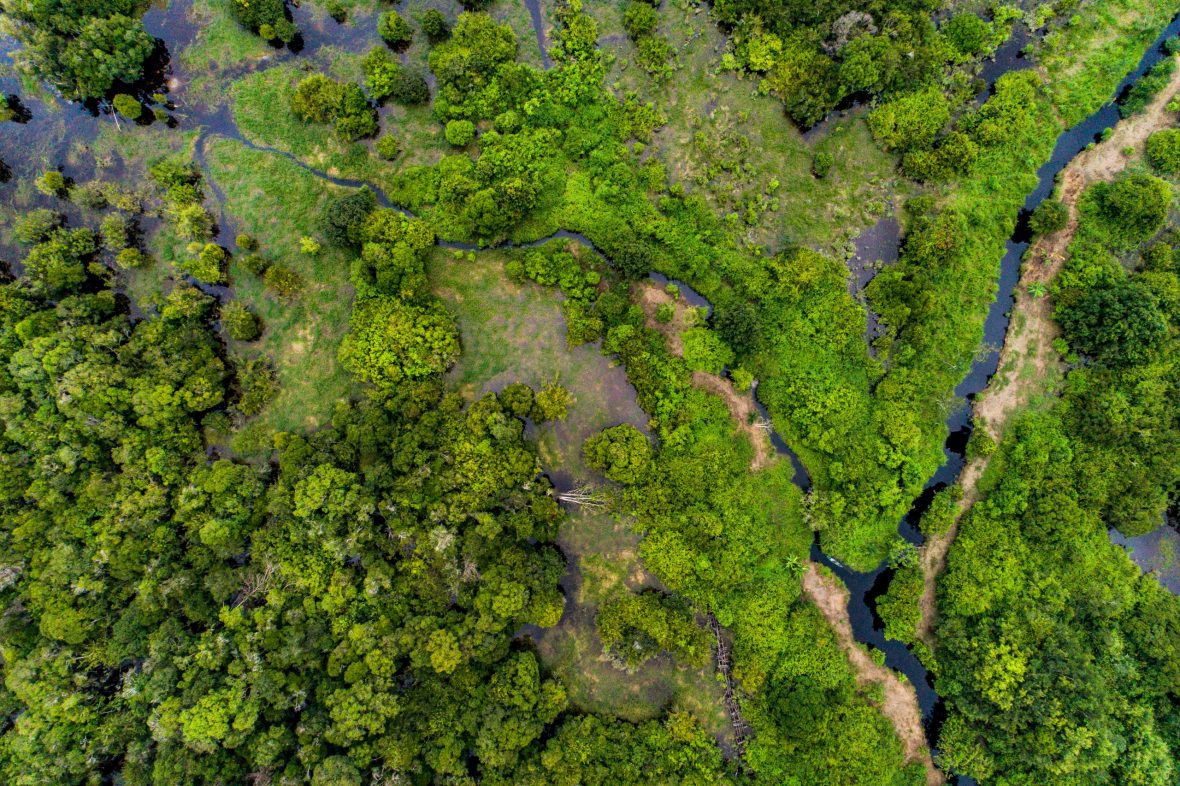This article is republished from The Conversation under a Creative Commons license. Read the original article here.
Some of the UK’s finest archaeological remains have been found buried in peat, a type of soil that’s naturally high in acidity and low in oxygen. That means it preserves wood, leather and textiles extremely well, as the microorganisms that would usually cause these materials to break down can’t thrive.
Peat has helped to keep Britain’s ancient environments alive for modern analysis: from neolithic trackways marking where our ancestors traveled between settlements in Somerset, to preserved bodies like the Lindow Man found in a bog in Cheshire. The peat environment in which Lindow Man was buried dramatically reduced decay, meaning that his hair and beard have remained visible even after almost 2,000 years.
But climate change is bringing increasingly hotter summers and wetter winters to the UK, including unprecedentedly heavy local rainfall. This changes the landscape by washing away layers of soil and peat to reveal archaeological buildings, items and human remains.
To better understand how fast these changes are taking place—and what their consequences might be for future archaeologists—our colleagues are studying what’s happening at Magna, the site of an ancient Roman fort in Northumberland.













